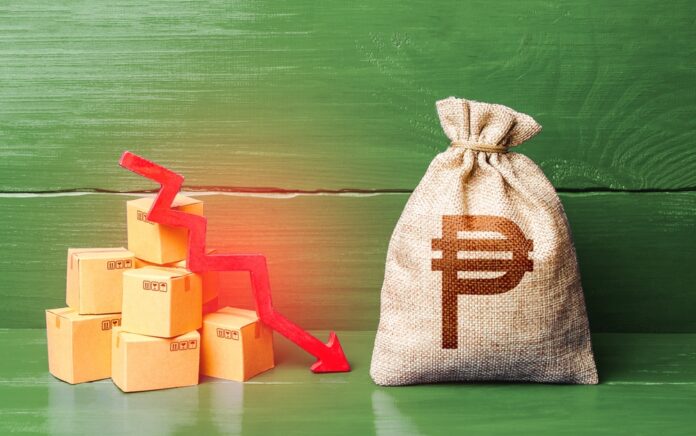The Philippine economy expanded by 5.2 percent year-on-year in the third quarter, a slower pace mainly due to the contraction in agriculture as a result of El Niño and several typhoons that negatively impacted farm output, along with a moderation in the growth of industry and services.
Gross domestic product growth in the third quarter was slower than the 6.0 percent recorded in the same period of 2023 and the 6.4 percent posted in the second quarter. However, compared to the second quarter, GDP still expanded by 1.7 percent in the third quarter.
Average growth in the first three quarters of 2024 stood at 5.8 percent, below the government’s target range of 6 to 7 percent. This means the economy would need to expand by at least 6.5 percent in the fourth quarter to meet the lower end of the government’s target.
Despite the slower growth, Economic Planning Secretary Arsenio Balisacan expressed optimism that the full-year growth target could still be met, citing strong spending during the Christmas season, easing inflation, lower interest rates, and a robust labor market. “Our economy continues to grow steadily… we remain one of the fastest-growing economies in Asia,” he said.
Agriculture contracted by 2.8 percent in the third quarter, primarily due to the billions of pesos in damage caused by six typhoons during the period. Balisacan stated that the combined impact of Severe Tropical Storm Kristine and the other typhoons resulted in over P15 billion in agricultural losses.
Balisacan also noted that bad weather during the third quarter hurt tourism due to flight cancellations, while work in the construction and other services sectors was similarly affected.
The services and industry sectors posted year-on-year growth of 6.3 percent and 5.0 percent, respectively. On the demand side, Household Final Consumption Expenditure was the biggest contributor to GDP growth, increasing by 5.1 percent. Government Final Consumption Expenditure also saw a solid increase of 5.0 percent, while Gross Capital Formation surged by 13.1 percent, reflecting strong investments in infrastructure and other capital goods.
Exports of goods and services, however, recorded a slight decline of 1.0 percent amid global uncertainties and slower demand in key markets. Despite this, imports of goods and services increased by 6.4 percent, signaling sustained domestic demand for foreign goods and services. As a result, the balance of trade showed some pressure on the country’s external sector during the quarter.
Meanwhile, Gross National Income grew by 6.8 percent, supported by a significant 19.3 percent increase in Net Primary Income from the Rest of the World.







